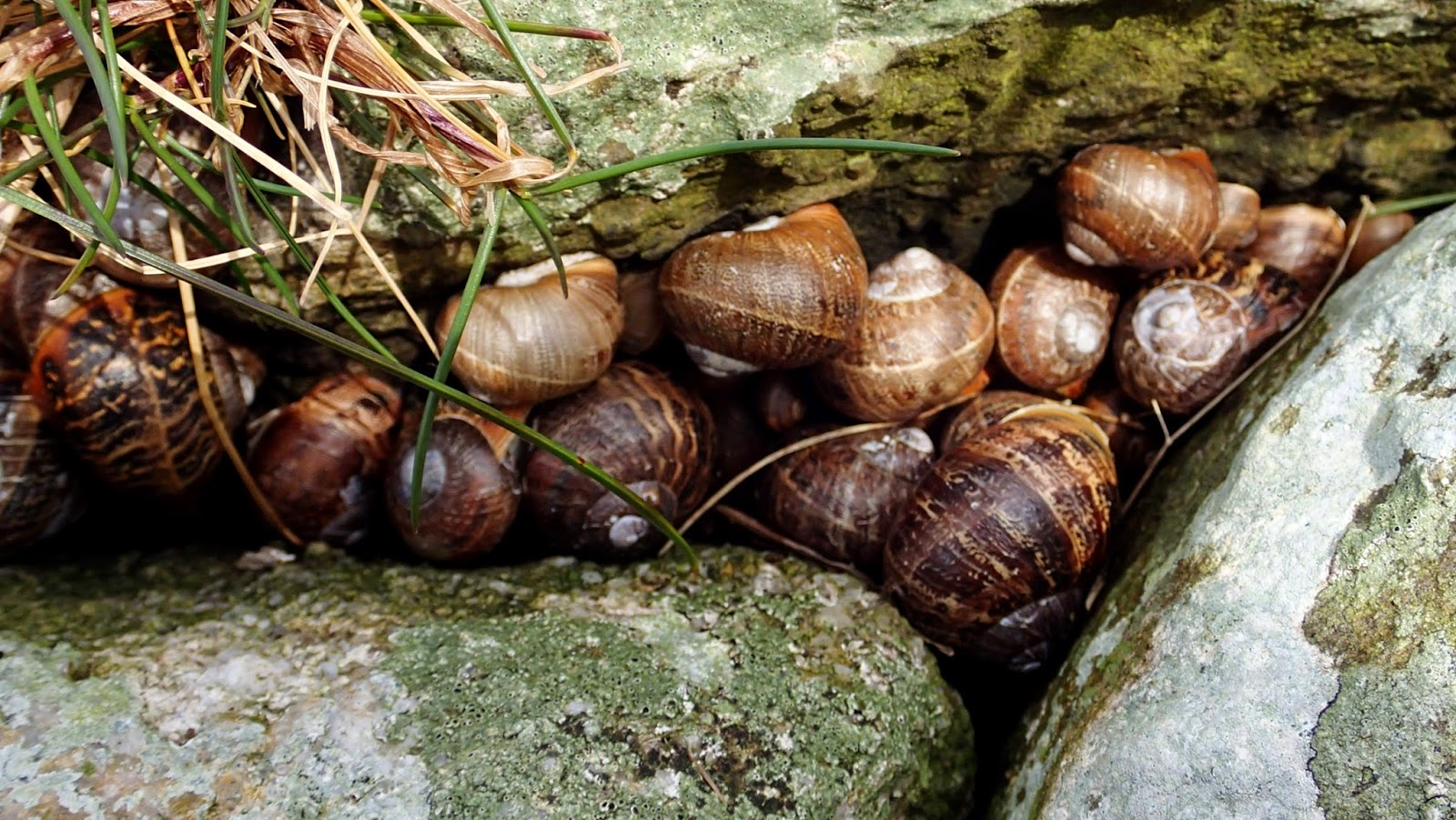The curious Prop of Ythsie, a sort of stone hybrid between a giant chess piece and a giant pepper mill, situated about a mile to the west of Tarves, is a conspicuous landmark for miles around. I first paid attention to it when walking the Formartine and Buchan Way.
The Prop is approached by a clear but fairly uninspiring footpath leading from a car park signed from the Tarves to Pitmedden road (B999). After muddily passing through some trees the track follows field margins and there is a fairly steep ascent towards the Prop. The upper sections of the track are lined with dog roses, hawthorn and enormous spear thistles. The bluebells which betoken the turning point of the year are just starting to flower.
The red granite Prop was built in 1861 by the grateful tenants of the Haddo Estate in commemoration of George Hamilton Gordon, 4th Earl of Aberdeen. A Tory peer, Hamilton Gordon served as Prime Minister from 1852 until his resignation in 1855 over the involvement of Britain in the Crimean War. He was said to have been instrumental in persuading Queen Victoria to buy Balmoral.
There are spectacular views from the Prop, here Tarves nestles in rolling fields with Bennachie in the distance.
 |
| The Prop viewed through Scots pines near South Ythsie stone circle. |
South Ythsie stone circle is situated about half a mile to the south of the Prop in low lying land on the opposite side of the B999 - an area known as Chapel Fauld, possibly alluding to the old belief that such monuments were 'Druid Temples'. Missing a turning in the track on the way down from the Prop serendipitously led us to a sign pointing to the circle.
This small circle consists of six stones on a raised circular platform, at this time of year partly concealed by long grasses. The surrounding fields form peaceful amphitheatre round the circle.








































